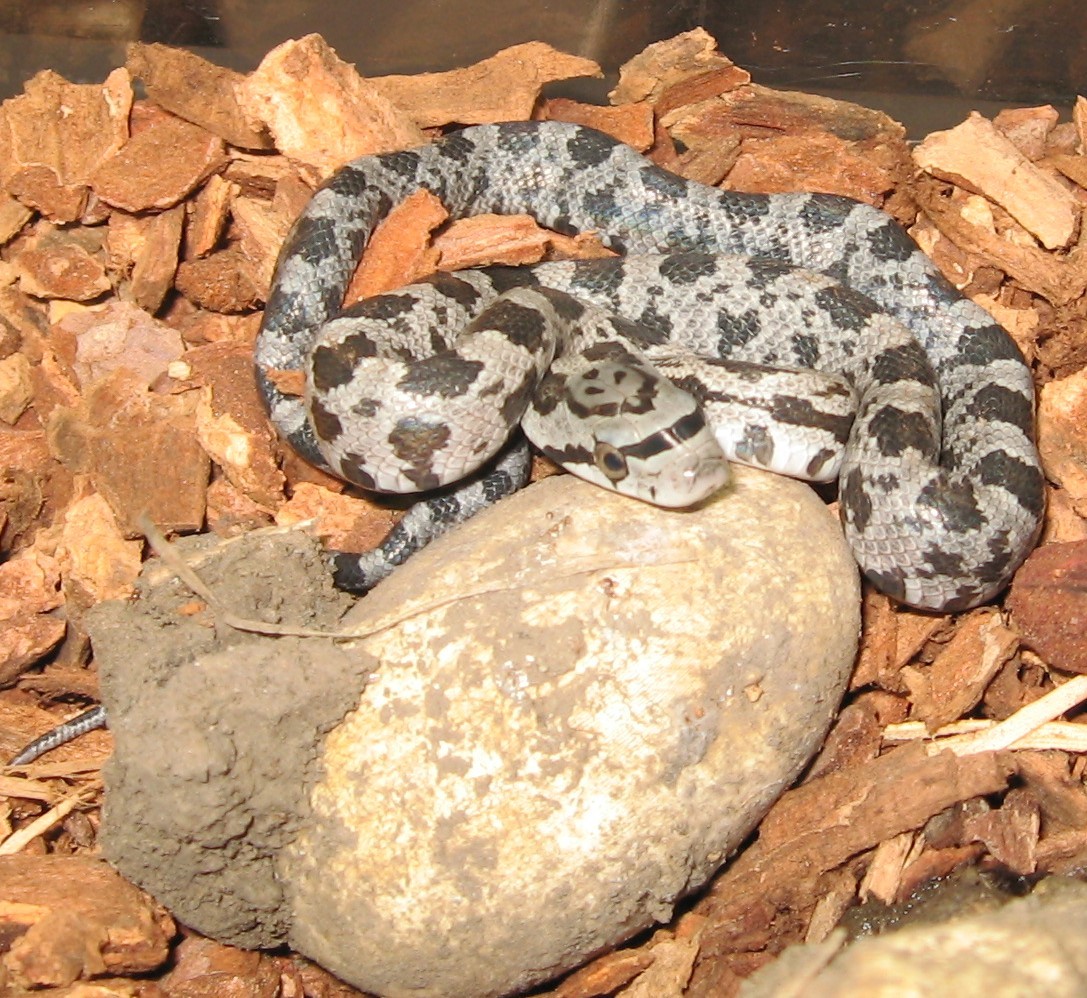|
It's hatching time in Missouri.
This is the time of year you may be seeing small, young snakes that have just recently hatched. In Missouri, snakes normally breed in the spring. About half of Missouri’s snake species lay eggs; the rest give birth to fully developed young. Some of the egg-laying snakes include ratsnakes, bullsnakes, kingsnakes, racers, ring-necked snakes, and rough greensnakes. The size of the egg depends on the species; the number of eggs produced depends on the size of the female. The larger the female, the more eggs she can produce. Snake eggs are elongated and have a tough, leathery shell. Females select rotten logs or stumps, leaf litter or sawdust piles in which to deposit their eggs. As a young snake develops within the egg, a small “egg tooth” grows on the tip of its snout; the snake uses this “tooth” to slit the shell when hatching. Afterwards, the “tooth” is shed. Snakes usually hatch in late summer or early fall. When these eggs hatch, you may notice many young snakes coming from the area selected as the “nest.”
Some of the snakes that retain their young until they are completely developed are watersnakes, gartersnakes, copperheads, cottonmouths, and rattlesnakes. This form of reproduction is slightly advanced over egg layers. The young snakes are remain inside the female during their development. Each young snake is protected inside a thin, sac-like membrane containing yolk for nourishment. Some of the young snakes break through the membrane while inside the female and emerge from the female in a tight coil; others break through after being born. Snakes that develop inside the female are normally born in mid to late summer. Normally, you will not see many of these young snakes together, they are born whenever they come out of the mother one location or multiple locations.
Once the snake is born, they are on their own, the parents never know who their “kids” are. In most cases, the young snakes look nothing like the adults; they have a more motley or camouflage appearance. This color pattern helps them hide for the first few weeks or months of their life. However, young venomous snakes look like a smaller version of the adult. These young snakes are typically more aggressive than the adult since they are in survival mode.
Snakes are a fascinating part of the natural world in which we live and seeing a snake in the wild can add to your outdoor adventures. If you encounter any of these young snakes, just leave them alone. Most snakebites can be prevented simply by not trying to capture or handle snakes. Snakes, by nature, are not aggressive. They do not go after people, do not search for people to bite, and would rather stay motionless and undetected or try to avoid an encounter with people.
For more information on Missouri’s snakes visit https://nature.mdc.mo.gov/sites/default/files/downloads/page/MissouriSnakes.pdf.
 Hatchling Western (Black Rat) Snake
|